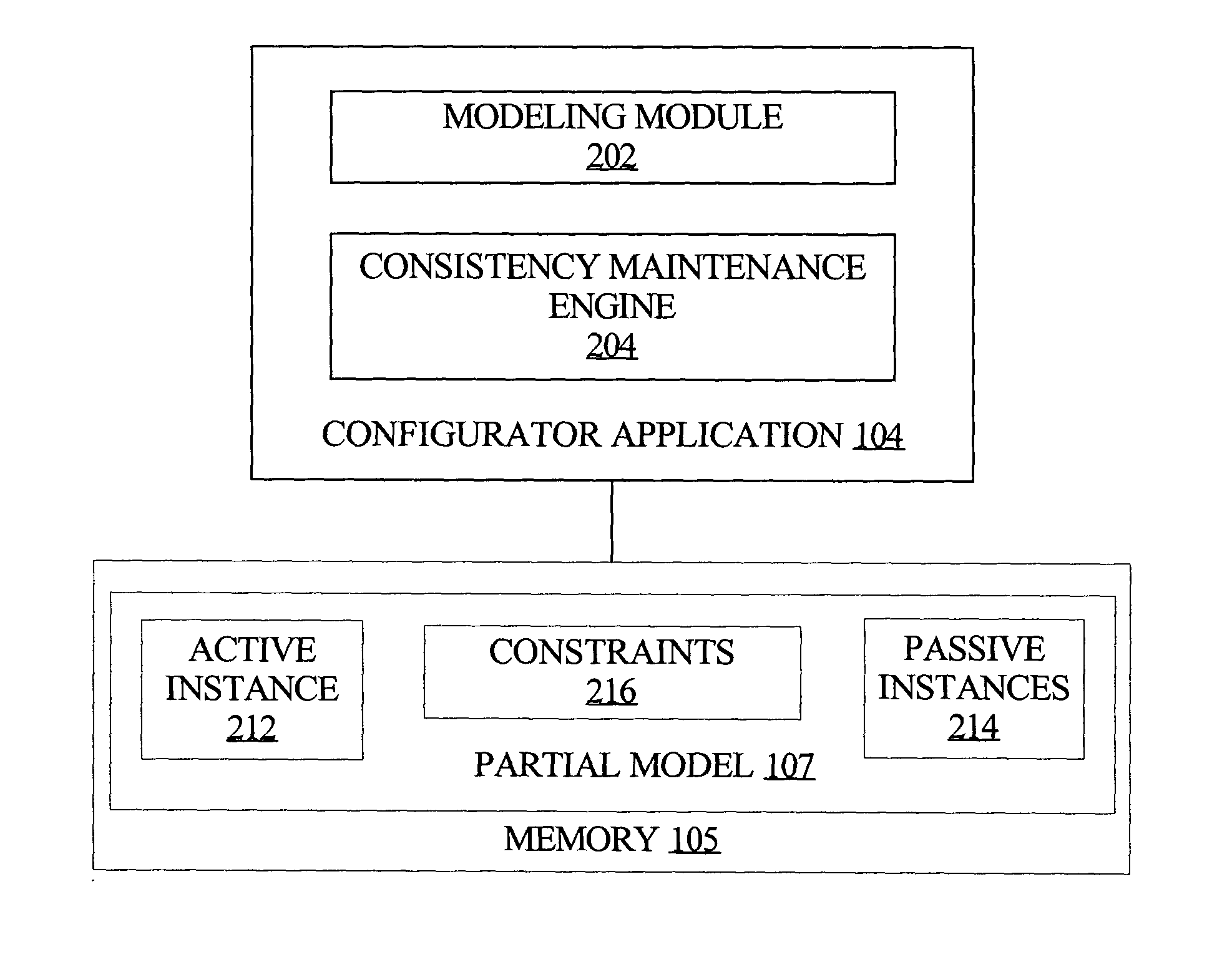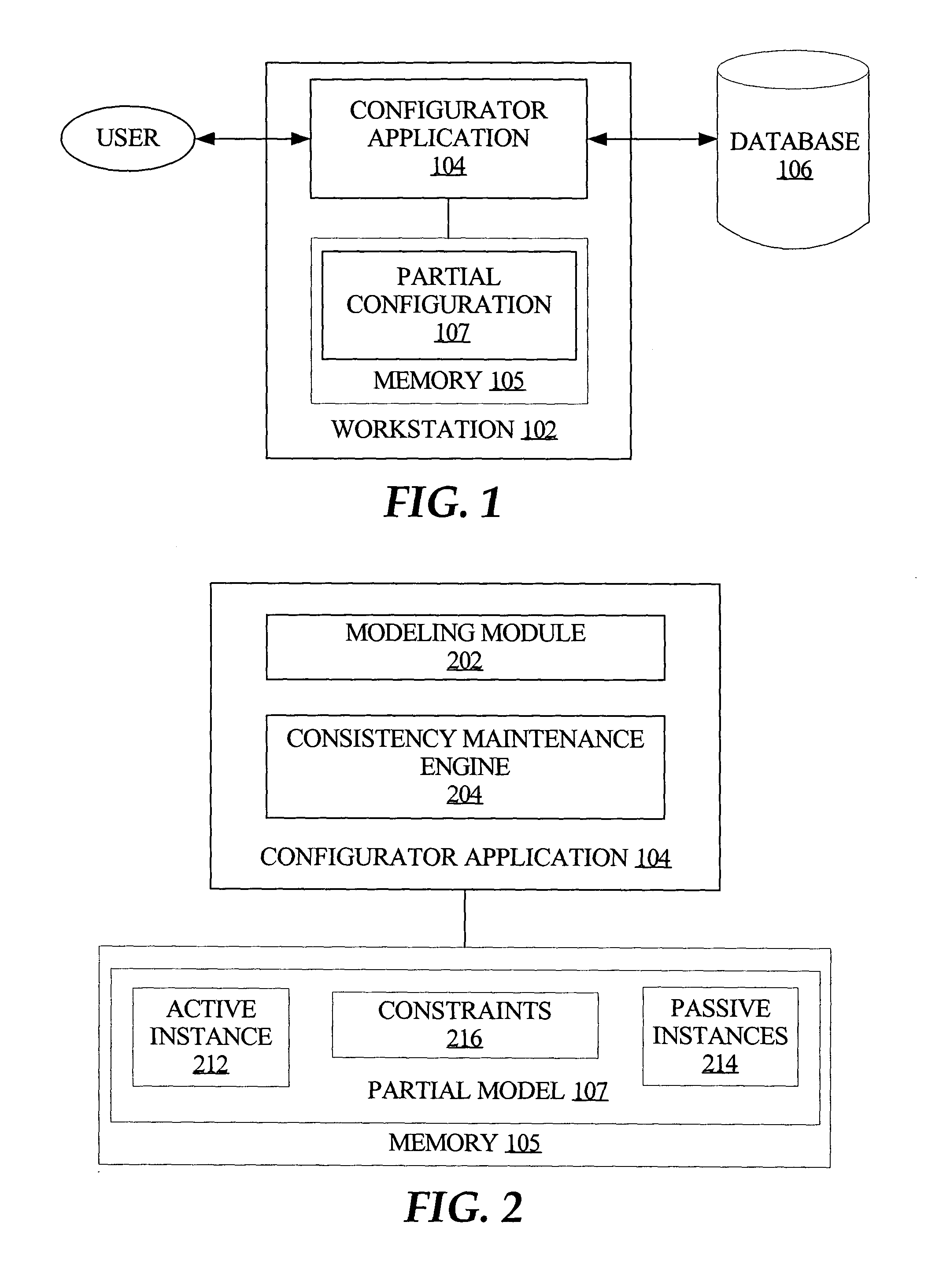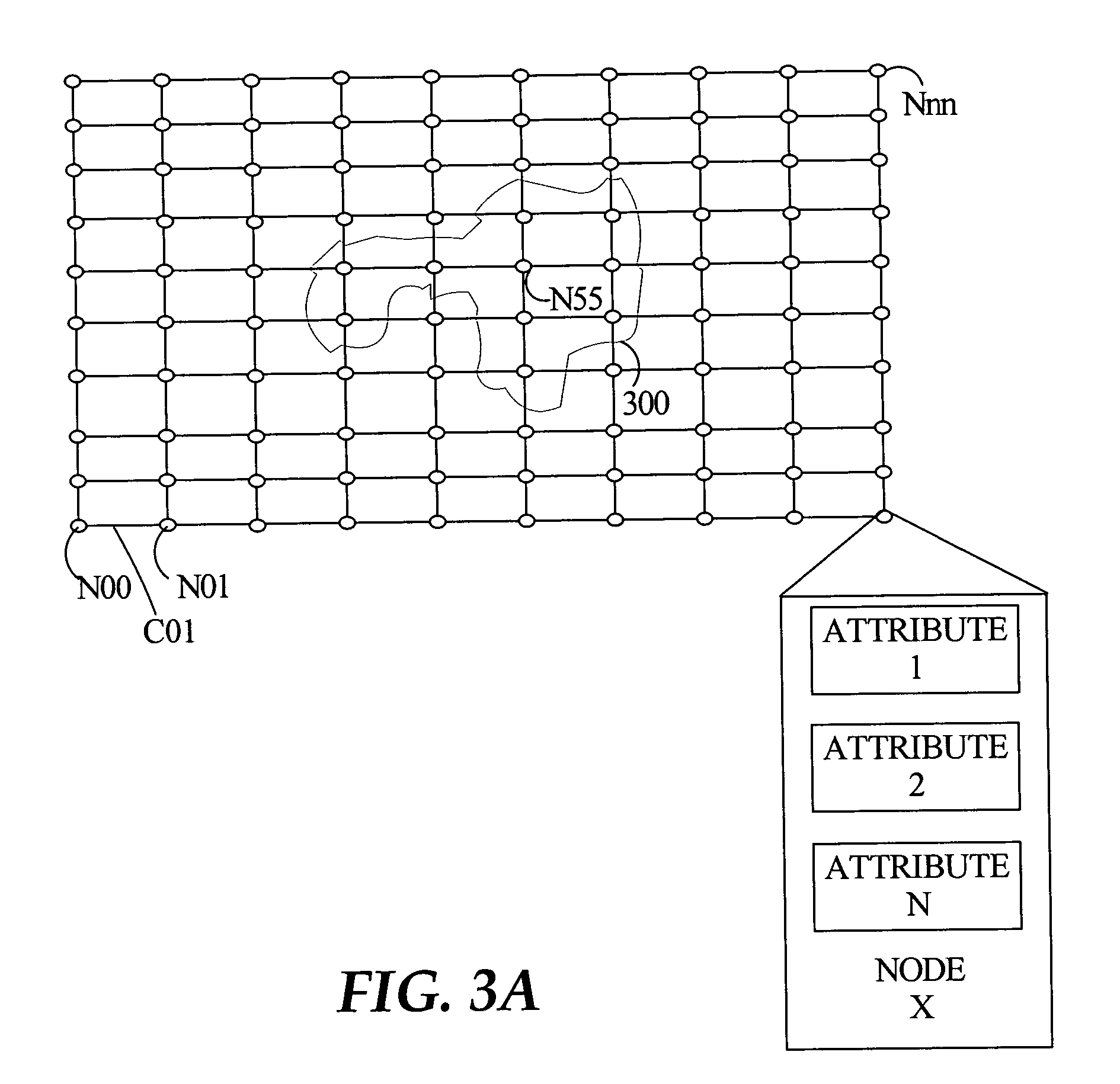Techniques for partial loading of a configuration associated with a configuration model
a configuration model and partial loading technology, applied in the field of constraints on configuration models, can solve the problems of computational complexity of csp and prohibitive approach
- Summary
- Abstract
- Description
- Claims
- Application Information
AI Technical Summary
Benefits of technology
Problems solved by technology
Method used
Image
Examples
Embodiment Construction
[0024] Techniques are described for managing partial loading of configurations associated with constrained models. In the following description, for the purposes of explanation, numerous specific details are set forth in order to provide a thorough understanding of the present invention. It will be apparent, however, that the present invention may be practiced without these specific details. In other instances, well-known structures and devices are shown in block diagram form in order to avoid unnecessarily obscuring the present invention.
Example of Applicability
[0025] Presented as an example of an area of applicability of the techniques described herein, such techniques may apply to Constraint Satisfaction Problems in which variables are grouped by some meaningful (to the modeler) criteria in what is referred to as “instances”. Each instance contains a finite number of variables and a finite number of constraints. Constraints between variables from different instances are sometim...
PUM
 Login to View More
Login to View More Abstract
Description
Claims
Application Information
 Login to View More
Login to View More - R&D
- Intellectual Property
- Life Sciences
- Materials
- Tech Scout
- Unparalleled Data Quality
- Higher Quality Content
- 60% Fewer Hallucinations
Browse by: Latest US Patents, China's latest patents, Technical Efficacy Thesaurus, Application Domain, Technology Topic, Popular Technical Reports.
© 2025 PatSnap. All rights reserved.Legal|Privacy policy|Modern Slavery Act Transparency Statement|Sitemap|About US| Contact US: help@patsnap.com



